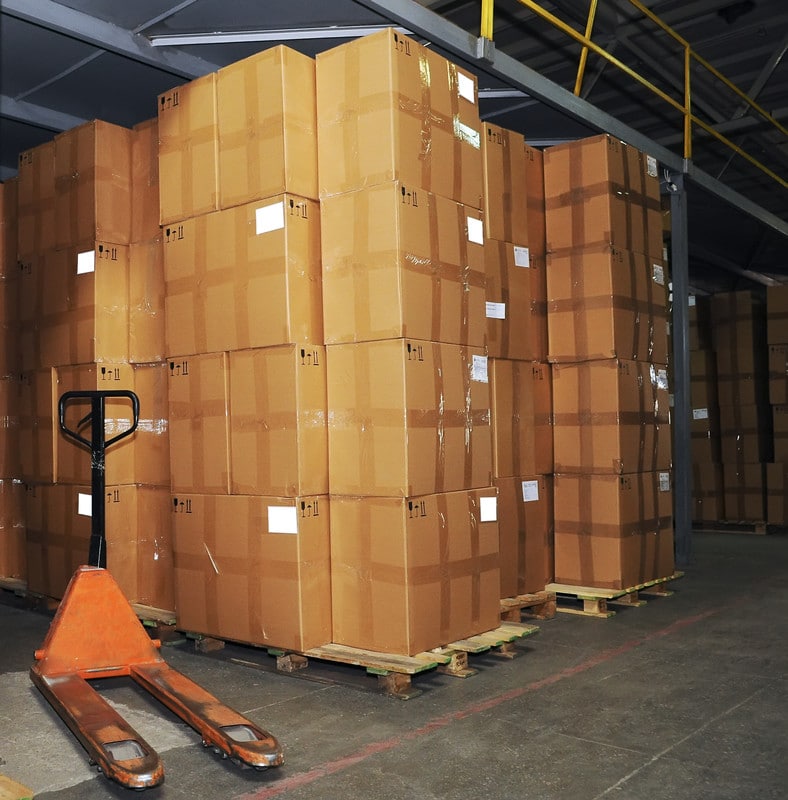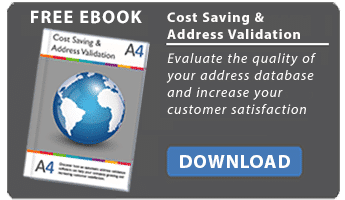
Writing a postal address can be very simple in all those cases where the recipient is located in the same country of the sender, or, in a country where the postal system follows an identical or similar format. Shipping from one state to another in the US, for example, is not that difficult for a US citizen, nor is it difficult if the shipment is destined to a Canadian address which uses a very similar format. Even within the European Union the addresses of most countries respect the same format. However, if we move to the East or other areas of the world, we will have to understand precisely how to write the address for that country, in order to avoid making mistakes that could slow down or even prohibit the delivery. This is true for individuals and, most importantly, for companies or e-commerces that find themselves, more and more often, having to handle international or even intercontinental shipments.
In business and commercial scenarios, writing a postal address according to the guidelines established by the postal system of the target country means being more competitive and results in quicker delliveris, having full control over orders, returns and shipments in general. Writing addresses correctly becomes a competitive advantage of enormous importance, which will continue to increase in the months and years to come as globalized business increases. How do you achieve the ambitious goal of writing the postal addresses of any country correctly? Before going into the merits of the possible solutions, let’s take a look, through a series of plausible examples, at some formats of postal addresses from countries in various areas of the world, in order to understand what differences exist from one country to another.













